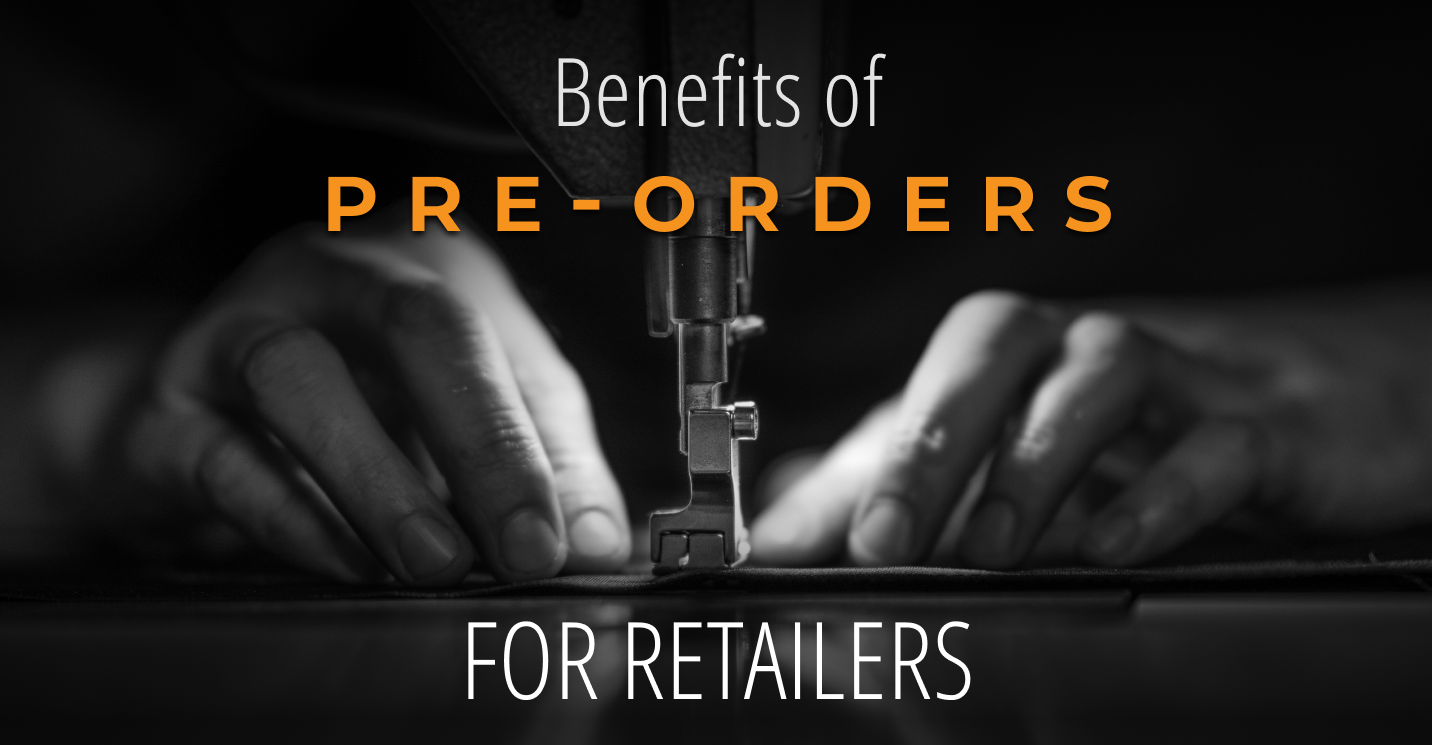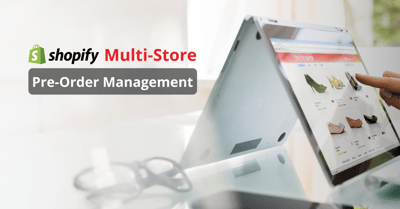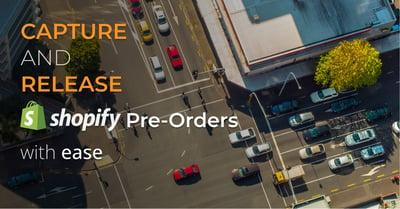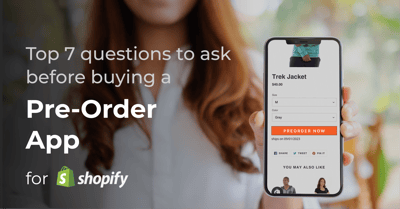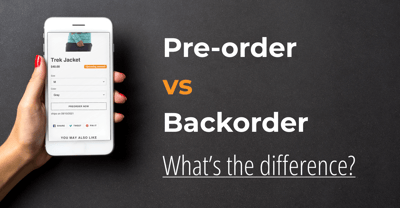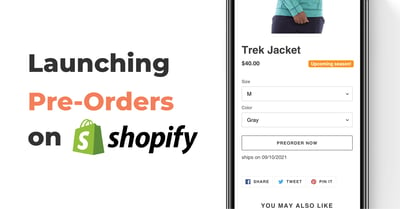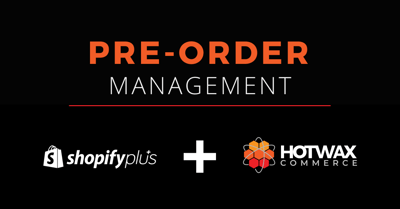In today’s world of social media and digital marketplaces, customers want access to the hottest items on the market before they’re even in stock. Many retailers are responding to this demand by taking pre-orders, orders placed for future inventory. Pre-orders allow customers to reserve products before they are available, which can build product exposure and generate hype around the “soon-to-be-launched” product. Research shows that more than a quarter (28%) of pre-orders are placed on the very day they are made available to the market.
While this concept may sound simple, pre-orders can cause major headaches for retailers without the right management system in place. But when done correctly, pre-orders can be a powerful tool for driving sales and long-term brand loyalty. In this blog, we will discuss the key benefits of pre-orders and how to optimize your pre-order management strategy.
Key Benefits of Pre-Orders
Many retailers plan out their inventory for multiple seasons and place large purchase orders at once, though the shipments may not arrive for months. Since they already know what products are coming in, retailers have an opportunity to leverage this time by taking pre-orders on future inventory.
Many forward-thinking retailers have adopted pre-orders as a means of determining customer interest in unreleased products. Pre-order benefits include:
1. Demand Forecasting
Typically, retailers forecast demand based on historical performance. But when retailers want to introduce a new line of products, they can use a pre-order strategy to soft launch sample styles and determine customer interest in the new collection before making a significant investment.
Similarly, taking pre-orders helps with demand forecasting for seasonal products. Some retailers generate most of their revenue from a specific season or quarter due to holidays, climate, or other temporal factors. In these cases, it can be extremely challenging to meet customer needs for seasonal items that drive sudden surges in demand.
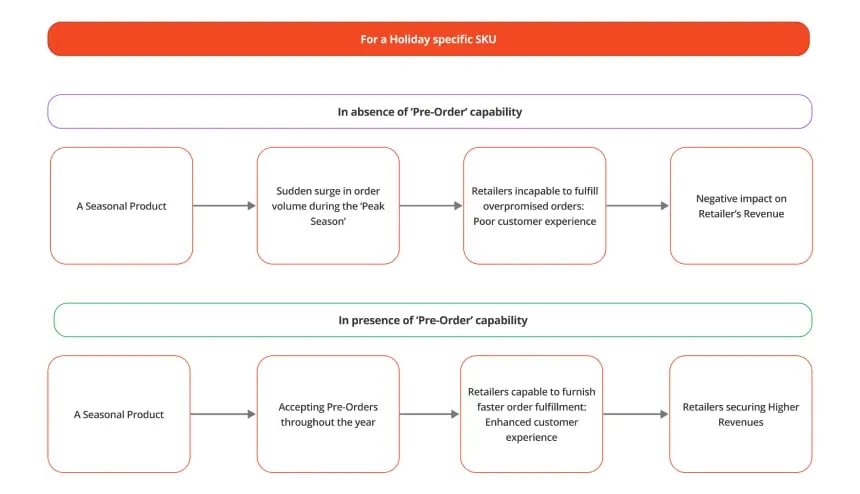
Figure 1. Pre-Orders increase profit margins for a retailer selling seasonal products.
These merchandisers will sometimes pick a particular product style from one season and create a similar product for the next season to generate recurring revenue from high-performing seasonal products. In the meantime, retailers can leverage the gap between the two seasons by taking pre-orders and beginning production. Pre-orders help retailers forecast demand more accurately for new product launches, which empowers them to make smarter product and inventory decisions and offer a better overall customer experience.
2. Improved Inventory Allocation
By accepting pre-orders, retailers can allocate the correct amount of inventory to designated stores and optimize eCommerce operations with a higher sell-through rate.
Insights from customers’ pre-order buying behavior can improve inventory management by more accurately allocating inventory based on online and in-store sales. For example, regions with the highest pre-order sales will likely have higher regular order demand, so stores within these regions should receive more inventory.
A key pre-order benefit is the ability of retailers to predict demand levels in geographic regions, which aids in better inventory allocation. Accurately allocating inventory to top locations also improves the performance of each store, warehouse, and region.
3. Consistent Cash Flow
Retailers produce/procure goods based on seasonal demand. Typically, a retailer will plan the whole calendar for the year and send a purchase order in advance. But this strategy can result in production cycles that are tied up for two to three months.
This can also lead to cash flow concerns for small to medium-scale retailers. With pre-orders, SKUs which would have generated cash when there was available inventory can now generate advance cash as pre-orders. This cash can then be utilized in inventory and production planning. A brand's loyal customers are usually willing to wait to receive a product if they’re able to secure the purchase earlier during a pre-sale. By taking pre-orders, retailers can generate more consistent cash flow, reducing risk and providing more stability and resources for production and sales.
4. Increased Sale Speed and Reduced Markdowns
When retailers need to get rid of out-of-season, under-performing, or over-allocated inventory, they often sell these products at a discounted price and decrease their profit margins.
Another key pre-order benefit is the ability to sell inventory that has not yet arrived. Upon arrival, retailers can then take regular orders on the same product. This creates a faster, more fluid product pipeline. It also leads to fewer markdowns at the end of a season and can help reduce the company’s carbon footprint.
 Figure 2. Pre-Orders ensure a faster flow of inventory.
Figure 2. Pre-Orders ensure a faster flow of inventory.
Key Pre-Order Recommendations
While pre-orders offer many benefits, they can also inadvertently cause poor customer experiences. When taking pre-orders remember to:
- Pre-Order Buttons
To provide as much clarity as possible, make sure the “Add to Cart” button on the product details page is changed to “Pre-Order” when inventory is out of stock. This helps manage customers’ expectations from the get-go.
- Est. Delivery Date on PDP
In addition to a pre-order button, retailers should also include an estimated delivery date or estimated ship date on the product details page. Again, this helps manage customers’ expectations, and customers will appreciate the retailers’ transparency.
- Provide regular updates and alerts throughout your customer’s purchase journey
Retailers must consistently communicate with customers to provide a seamless experience and avoid any confusion surrounding delivery dates.
More and more, pre-orders are becoming crucial to successful eCommerce initiatives across social channels. The pre-order capability has become table stakes for DTC retail brands hoping to stay competitive in 2022.
But despite the popularity of this Omnichannel Offering, implementing a successful pre-order initiative is not an elementary task. Successful pre-order initiatives require a top-notch order management system (OMS) to optimize the fulfillment workflow, streamline internal processes, and ultimately provide a better shopping experience for customers.
***
A well-informed customer is a happy customer. From start to finish, HotWax Commerce’s Order Management System makes the complete pre-order process a breeze. With HotWax Commerce’s pre-order-specific functionality, you can take your brand’s customer experience to the next level.
Whether you’re looking to provide a premier customer experience, drive more consistent sales, or improve demand forecasting, our pre-order management system can help you increase profitability, cash flow, and customer retention. Contact our team for a free consultation to learn more.

